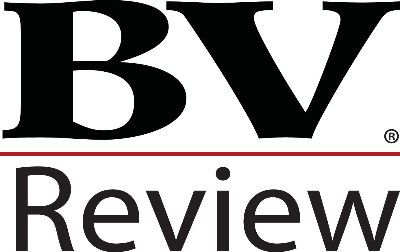A Method for Adjusting Public Companies' Multiples for Firm-Specific Risk
Abstract
The standard, market-based valuation approach uses pricing multiples from guideline public companies with industry, size, and growth characteristics similar to those of the subject private company. These multiples must be adjusted for the fact that diversified investors' Cost of Equity Capital (COEC) for a given firm is lower than the COEC of an undiversified investor in the same firm who has all his financial and human capital invested in one firm. This article presents a practical method to determine the Discount for Lack of Diversification to apply to guideline public companies' multiples. The adjustment is based on the premise that the owners of private companies are undiversified investors facing the total risk of the business unlike the owners of public companies that diversify their risks by holding a large number of securities. We further provide an illustrative case study that shows the reader how one might apply the model for firm-specific risk.
Contributor Notes
Daniel L. McConaughy, Ph.D., ASA, is an Associate Professor of Finance at California State University, Northridge, and an Executive at Crowe Horwath LLP, Sherman Oaks, California.
Vicentiu Covrig, Ph.D., CFA is an Associate Professor of Finance at California State University, Northridge, and a manager with Crowe Horwath LLP, Sherman Oaks, California.

